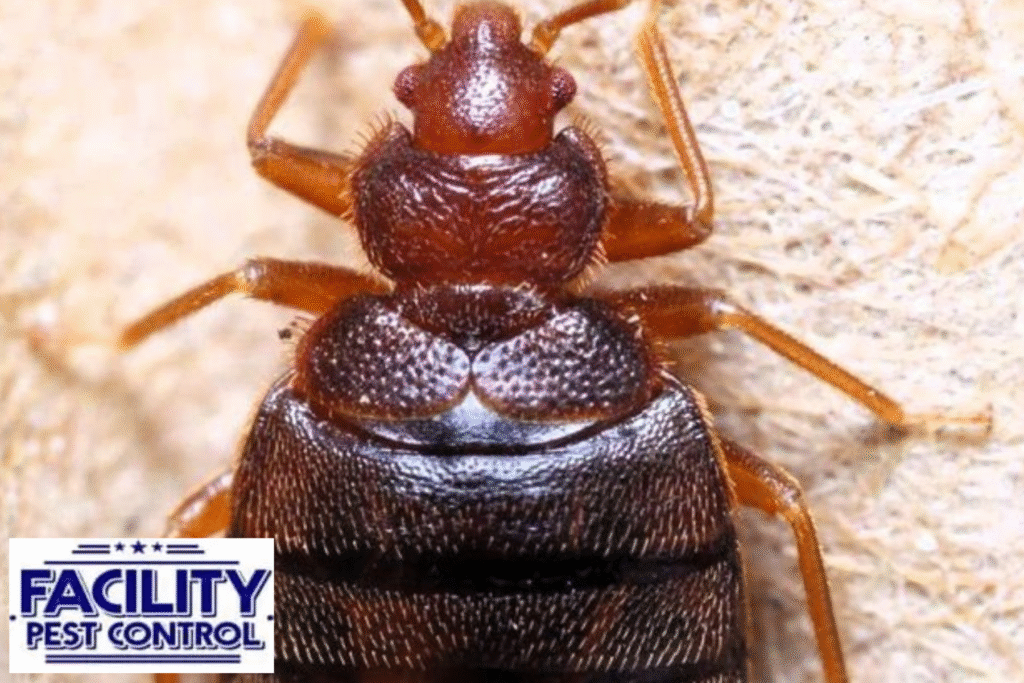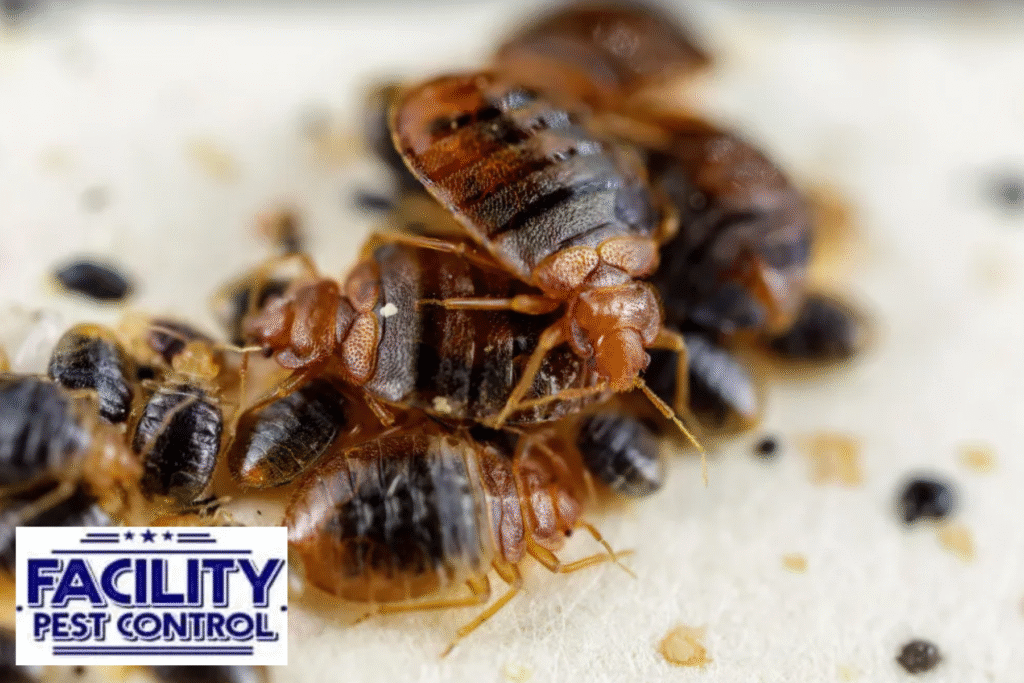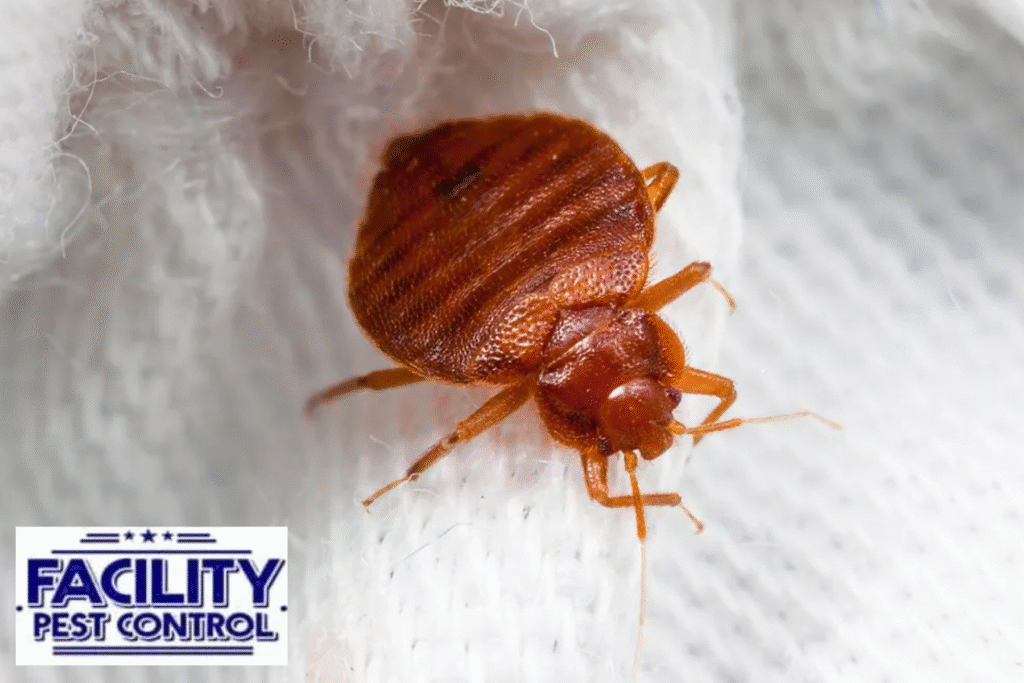Bed bugs are among the most persistent pests that can infest homes, and their smallest stage, known as nymphs or baby bed bugs is often the most difficult to detect. Despite their tiny size, they can quickly spread through a property, turning a minor problem into a full-blown infestation. Understanding how baby bed bugs move and where they hide can help homeowners take the right steps toward early detection and effective control.
What Are Baby Bed Bugs?
Baby bed bugs, also called nymphs, are immature stages of the insect’s life cycle. They hatch from tiny white eggs and are almost translucent in color before their first feeding. Once they consume a blood meal, their bodies take on a reddish hue. Because they are so small, about the size of a pinhead, many people mistake them for small red bugs or lint.
Although they cannot fly or jump, baby bed bugs are agile crawlers. They rely on their flattened bodies to squeeze into narrow hiding spots, making them hard to detect without a close inspection.
How Baby Bed Bugs Spread
Contrary to popular belief, bed bugs at any stage do not live exclusively in beds. Baby bed bugs can move throughout a home by crawling short distances or by hitching a ride on personal belongings.
Hitchhiking on Belongings
Baby bed bugs often spread by clinging to luggage, backpacks, or clothing. This is one of the most common ways they are introduced into new environments, especially after travel or visits to infested locations.
Moving Through Cracks and Gaps
They can crawl through wall voids, electrical outlets, and baseboard gaps. In multi-unit housing, they can spread between apartments or rooms using these pathways.
Infested Furniture and Bedding
Used furniture, mattresses, or even decorative items can harbor bed bugs. Baby bed bugs may hide in stitching, seams, or wood joints until they emerge to feed.
Common Hiding Spots for Baby Bed Bugs
Baby bed bugs hide in areas close to their food source, human blood. Their flat bodies allow them to remain concealed until they are ready to feed.
Bedding and Mattresses
The seams of mattresses, bed frames, and headboards are prime hiding locations. They stay close to sleeping areas to easily feed at night.
Upholstered Furniture
Sofas, recliners, and chairs can harbor nymphs deep in cushions, seams, and under fabric layers.
Baseboards and Carpets
Small cracks in wooden baseboards or the edges of carpets can conceal baby bed bugs during the day.
Electrical Outlets and Wall Voids
Because these areas are dark and undisturbed, they offer ideal hiding spots. Baby bed bugs can remain in these voids until the lights are off and it is safe to feed.
Signs of Baby Bed Bug Activity
Detecting an infestation early is key to minimizing its spread. Homeowners should watch for:
- Tiny white eggs in mattress seams or crevices.
- Shed skins from molting nymphs.
- Crushed bed bugs cause small reddish stains on sheets or pillowcases.
- Bites or skin reactions appear in clusters or lines, often after sleeping.
Because these pests are elusive, a professional inspection is often necessary to confirm their presence.
Preventing the Spread of Baby Bed Bugs
Once baby bed bugs establish themselves, they can multiply rapidly. Prevention is more effective than trying to control a severe infestation.
Inspect Secondhand Items
Before bringing used furniture or bedding into the home, inspect all seams, creases, and hidden areas for signs of pests.
Protect Your Bed
Encase mattresses and box springs with specially designed bed bug-proof covers to eliminate hiding spots.
Maintain a Clean Environment
While bed bugs are not attracted to dirt, reducing clutter makes it harder for them to find places to hide.
Monitor After Travel
After returning from a trip, check luggage and clothing carefully before unpacking. Washing and drying clothes on high heat can kill any hitchhikers.
Professional Bed Bug Control
Because baby bed bugs are difficult to detect and eliminate, professional treatment is often the most effective solution. Experts use targeted methods to treat not only visible bugs but also hidden nymphs and eggs.
For those searching for bed bug control near me, it’s important to choose a provider with proven strategies for eliminating all life stages of bed bugs. A thorough inspection followed by a customized treatment plan can help ensure long-term results.
Why Local Pest Control Matters
Choosing a local provider like Northridge pest control services means working with professionals who understand the region’s pest challenges. A local pest control company can respond quickly and offer ongoing monitoring to prevent reinfestations.

About Facility Pest Control
Facility Pest Control is a local, family-owned business serving the community with expert pest management solutions. With the slogan “Specialized Attention Big Business Can’t Give,” the company focuses on providing high-quality, personalized service. Their general pest control Northridge services cover ants, earwigs, spiders, crickets, roaches, and wasps, with additional treatments available for scorpions, fleas, ticks, bees, yellow jackets, and hornets. They also offer mosquito control, including In2Care mosquito buckets, fogging, and spray services.
Facility Pest Control provides several service options, including monthly, hybrid, and bi-monthly schedules, ensuring year-round protection for homes and businesses. Treatments include de-webbing eaves, yard treatments, wall flush dusting, and perimeter sprays for exterior protection, as well as garage, attic, and baseboard treatments for interiors. All services use family- and pet-friendly natural organic products, and the company offers discounts for healthcare workers, military, first responders, teachers, and senior citizens.




